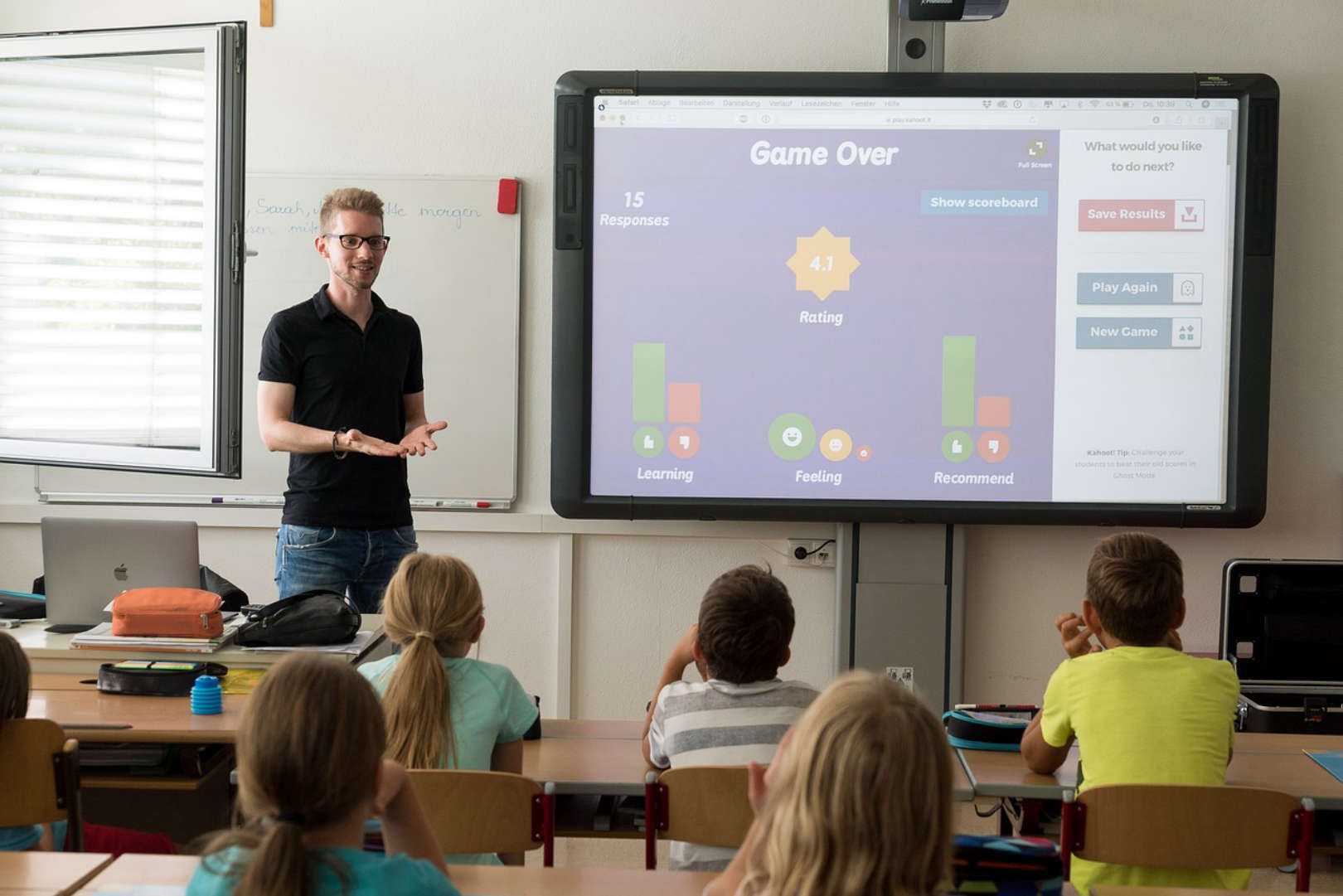Sobre
Professor Associado com Agregação da UTAD e Investigador Sénior do INESC TEC.
Doutorou-se, na UTAD, em 2002, em Engenharia Eletrotécnica e realizou, em 2007, as provas Públicas de Agregação em Informática/Acessibilidade. Passou a Professor Associado da UTAD em dezembro de 2012.
Foi Pró-reitor para a Inovação e Gestão da Informação da UTAD, de 23 Julho de 2010 a 29 Julho de 2013.
Produziu mais de 150 trabalhos académicos, entre capítulos de livros, artigos em revistas e artigos em atas de eventos ciêntificos. Orientou 40 trabalhos de pós-graduação (mestrados e doutoramentos).
Participou em 35 projetos de investigação e desenvolvimento (foi investigador principal em 15 destes projetos).
Participou na organização de vários encontros científicos de natureza internacional, em 2006 coordenou a equipa que criou a conferência “Software Development for Enhancing Accessibility and Fighting Info-exclusion (www.dsai.ws/2016) e em 2016 a conferência Technology and Innovation is Sports, Health and Wellbeing (www.tishw.ws/2016).
As áreas principais de investigação são: Processamento Digital de Imagem, Acessibilidade e Interação pessoa Computador.
Google Scholar: http://scholar.google.com/citations?user=HBVvNYQAAAAJ&hl=en
SCOPUS: http://www.scopus.com/authid/detail.url?authorId=20435746800





